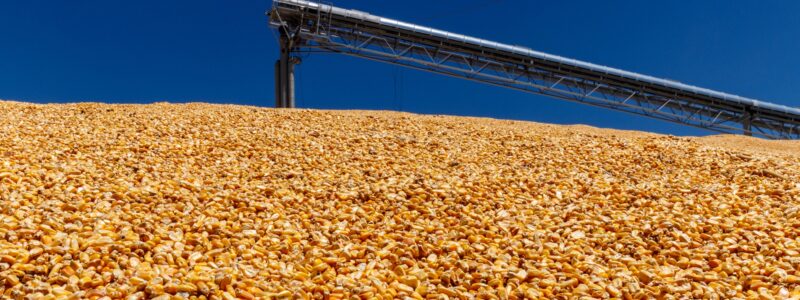By Donna Funk
Often we get so busy in our cycle of producing and delivering – alongside juggling unexpected challenges and changes – that our decisions are made quickly based upon surface benefits. The promise of an increase in operational efficiency sounds agreeable to any business’s ear. Without proper evaluation of the program you’re implementing, many of these quick decisions around efficiency gains frequently end up as a detriment – with no cost savings to your bottom line.
It’s imperative that businesses don’t go lax on evaluating the potential outcomes for their operations before implanting a new program. Even when you know of three similar companies using the program and touting its benefits, it’s still important to evaluate the efficiency, effectiveness, and impact of any program on your own operations beforehand.
Evaluate qualitative versus quantitative data to determine the true value
Ethanol producers need to be careful – especially now when margins are tight – as there are often underlying consequences of implementing new processes or technologies.
For example, you have the opportunity to implement a new technology that could increase your yields, margins, and profitability seems like an unpassable opportunity. However, if your employees and managers aren’t onboard with the technology and have issues using it, you may lose their buy-in and morale. This can lead to employee turnover – the loss of your largest asset and often a business’ competitive advantage. While the technology could increase yields, the penalty is losing employees, which decreases profitability and can negate the cost savings and efficiency gains.
Plants should consider more than just the obvious benefits. It’s important to factor in all costs, and include the quantitative and qualitative factors as well.
Other value-added opportunities
While margins have been tight over the last 18 months, Ethanol plants in particular have been forced to more closely evaluate tasks that can bring value-added aspects to their business, and eliminate areas that don’t add value.
Two key areas right now for ethanol plants to consider:
1. Cybersecurity offensive: there is immense value in being proactive against the surge in cyberattacks. Plants should perform IT audits and documentation of processes and procedures to identify potential weaknesses.
This assessment also becomes important in identifying the impact on profitability. Documenting business operations can maintain internal controls, and also identifies the strengths of employees. This can be used to improve employee position alignment and pinpoint a more evenly distributed workload for employees… a value-added opportunity for your business.
2. Assurance offensive: Especially in down times, nurturing employee morale is a substantial qualitative factor for adding value to your business. Maintaining your organization’s culture and communicating with a realistic and motivating ‘tone at the top’ is critical for avoiding morale issues.
Before implementing any program, it’s important to evaluate all angles and effects – from both a short- and long-term perspective. Also, remember to account for the effects on internal structure, as well as impacts on potential economic outcomes. Sometimes shortcomings are often hidden in plain sight, and may actually eliminate the value and cost-effectiveness presented at first glance.






